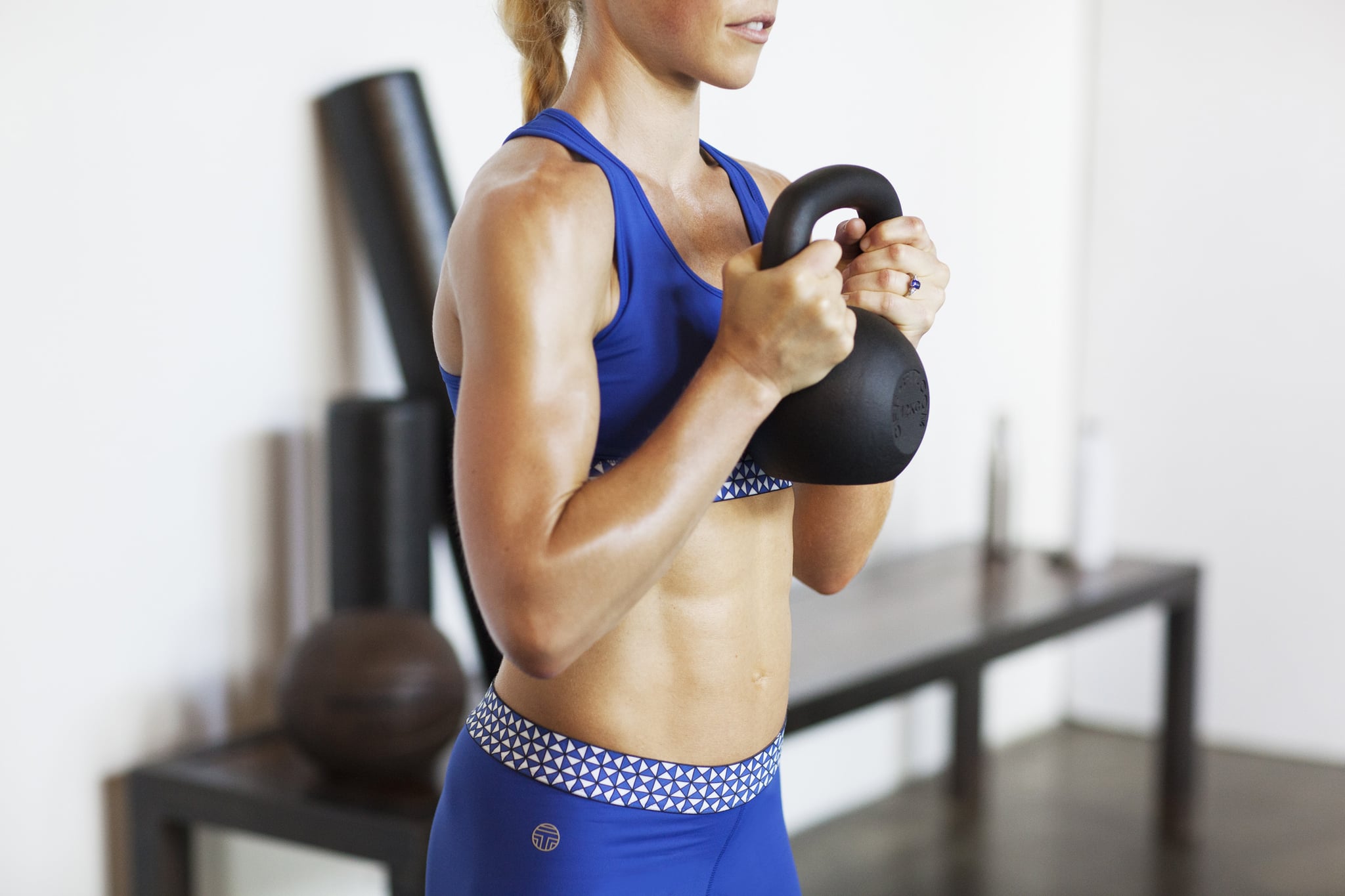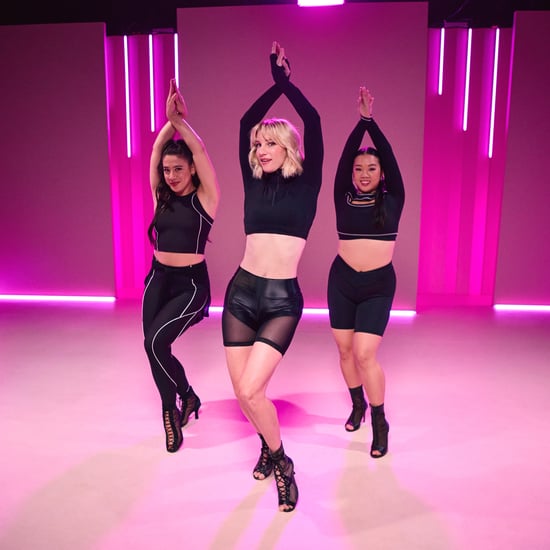What's the Best Workout For Losing Weight?
This Is the Best Workout For Losing Weight
If you're trying to lose weight, eating a healthy, portion-controlled diet that creates a calorie deficit is absolutely key — it may even be more important than working out. But if you're eating right, adding exercise into your routine can absolutely burn extra calories and speed up the process. So which workout should you be doing?

To maximise your exercise time, we asked fitness instructor John Kersbergen what the best workout for weight loss is, and the answer may surprise you. It's not tons and tons of calorie-burning, steady-state cardio like running straight for an hour. He said, "The most efficient way to get results is to do some form of high-intensity interval training (HIIT) for a total-body workout and to focus on strength training certain body parts (upper body, lower body, core) on different days of the week." And no need to suffer for hours at the gym. John said, "The whole workout including warmup doesn't need to be more than 45 minutes to be effective." And three to four times a week is enough.
Here's an example of a week's worth of workouts.
Monday: total-body HIIT + lower body
Tuesday: total-body HIIT + upper body
Wednesday: rest
Thursday: total-body HIIT + abs and back
Friday: total-body HIIT + whatever else you want to focus on for your goals
Saturday: rest
Sunday: active rest such as going for an easy hike or yoga
For HIIT, basically you follow a work-to-rest ratio, and a popular one is 2:1. That could be 40 seconds of working at 70 to 90 percent of your max followed by 20 seconds of rest. An example of HIIT could be running, biking, jumping rope, rowing, or swimming with sprint or hill intervals included, and/or a mix of strength-training moves like burpees, squats, plyometrics exercises like jumping lunges, or push-ups.
Here are some HIIT workouts to give you some ideas.
- A 10-Minute HIIT Workout You Can Do at Home
- A 20-Minute HIIT Workout For All Levels
- This 7-Minute Workout Targets Belly Fat
- A Tabata Mashup Workout Video
- 20-Minute Cardio HIIT Workout
- 30-Minute Interval Treadmill Run
Make sure your HIIT workout includes strength training, so don't just do a 45-minute running interval workout and call it a day. Bodyweight exercises could be enough — like squats, for example — but adding weights will get results faster, like doing goblet squats holding a kettlebell.
John said, "Get as much work done in as short amount of time, each time, with mostly total-body compound movements that recruit more muscles and burn more calories." So instead of just standing while doing bicep curls, couple it with a wide squat. Other examples of effective strength-training moves include squat variations like jumping squats, weighted squats, and dumbbell thrusters, as well as deadlifts, weighted step-ups, push-ups, pull-ups, and plank variations such as up-down planks and side planks with leg lifts.
Each total-body HIIT workout should work multiple muscle groups, so it's not like Monday will be the only day you work your legs. But focusing on one part of the body on a specific day is an opportunity to add weight or reps so you can gradually increase your strength and endurance for those muscles. It's also a chance to give certain parts of the body time to rest and repair, which will build muscle faster and prevent injury.
If weight loss is your goal, this should be great news! No more forcing yourself to do hours upon hours of boring cardio. If you're new to HIIT, start with 10 minutes of short bursts of intense, heart-pumping intervals and muscle-burning strength-training moves. Then work your way up to 45-minute workouts three to four times a week. Mix up the exercises you do, the body parts you work, the equipment you use, and the order you do the exercises. It'll keep your muscles guessing, prevent boredom, and build the most muscle, which will help burn the most fat. Most importantly, it'll keep you inspired to work out, so you'll be consistent with your weekly workouts, which is the key to seeing results and reaching your goal.






